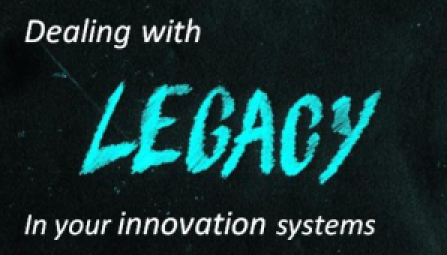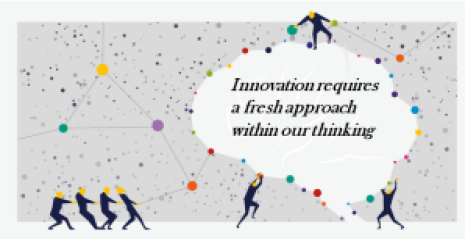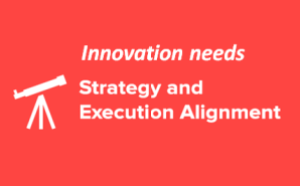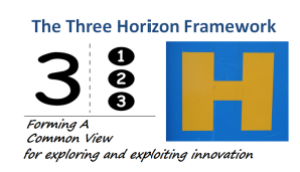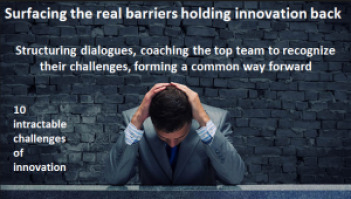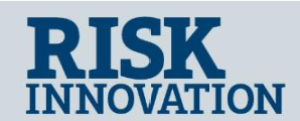
Three years back I took a view on what to focus upon in my innovation activities to meet client needs, they did seem to make sense at the time.
In many ways, I was fairly happy with the outcome, as many of the places I would put my required but limited resources behind, in providing a depth of understanding, were highly relevant, topical and needed, so were good spaces to offer my thinking, advice and solutions into.
Fast forward these last few years and I often wonder where that focus has actually gone – the focus has been a little ‘bounced’ around but for good reason, I feel, yet, it needs a fresh re-calibrating on my approaches going forward.
Innovation has been rapidly changing and much of its basics have been swallowed up by some defining issues that have raced up to the top of the innovation agenda and it is right to respond to these.
‘Breaking’ practices or new methodologies are much harder to master and advise upon, to determine clear positions and propositions. Continue reading “Are you having fun riding the innovation waves?”
